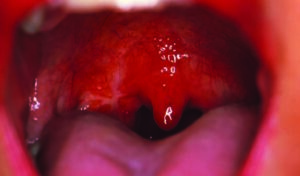When researchers looked at the load of psychological stressors that contribute to biological functioning, they found something somewhat surprising: Race didn’t play a role when social factors were taken into consideration.


When researchers looked at the load of psychological stressors that contribute to biological functioning, they found something somewhat surprising: Race didn’t play a role when social factors were taken into consideration.

Experts in a session at the American Academy of Otolaryngology–Head and Neck Surgery’s (AAO-HNS) 2021 Annual Meeting said prescribing opioids to children can be a risky way to respond.

Panelists at the 2021 American Academy of Otolaryngology–Head and Neck Surgery (AAO-HNS) Annual Meeting discussed how to avoid unnecessary testing and when, exactly, vestibular tests are needed.
Employed patients with spasmodic dysphonia reported voice-related work productivity impairment, which improved significantly one month after treatment with BoNT injection.
The deviation from overall spirometric maximums has the strongest predictive power in determining the need to return to surgery.
A look at how effective the dynamic optical contrast imaging (DOCI) technique is as a tool in specifically differentiating parathyroid tissue and adjacent structures.
Olfactory dysfunction (OD) presence does not seem to be useful in identifying subjects at risk for being COVID-19 super spreaders.
The palatine tonsils and adenoids are also lymphoid tissues that may help defend against infections of the upper respiratory tract, bringing into question whether tonsillectomy or adenoidectomy might hinder immune response.
These 21 particularly influential laryngology papers that have focused further research and served as educational resources for trainees and practicing physicians.

For low-risk cSCC, 4 to 6 mm margins are recommended, whereas for low-risk BCC, the recommendation is for 4 mm margins.